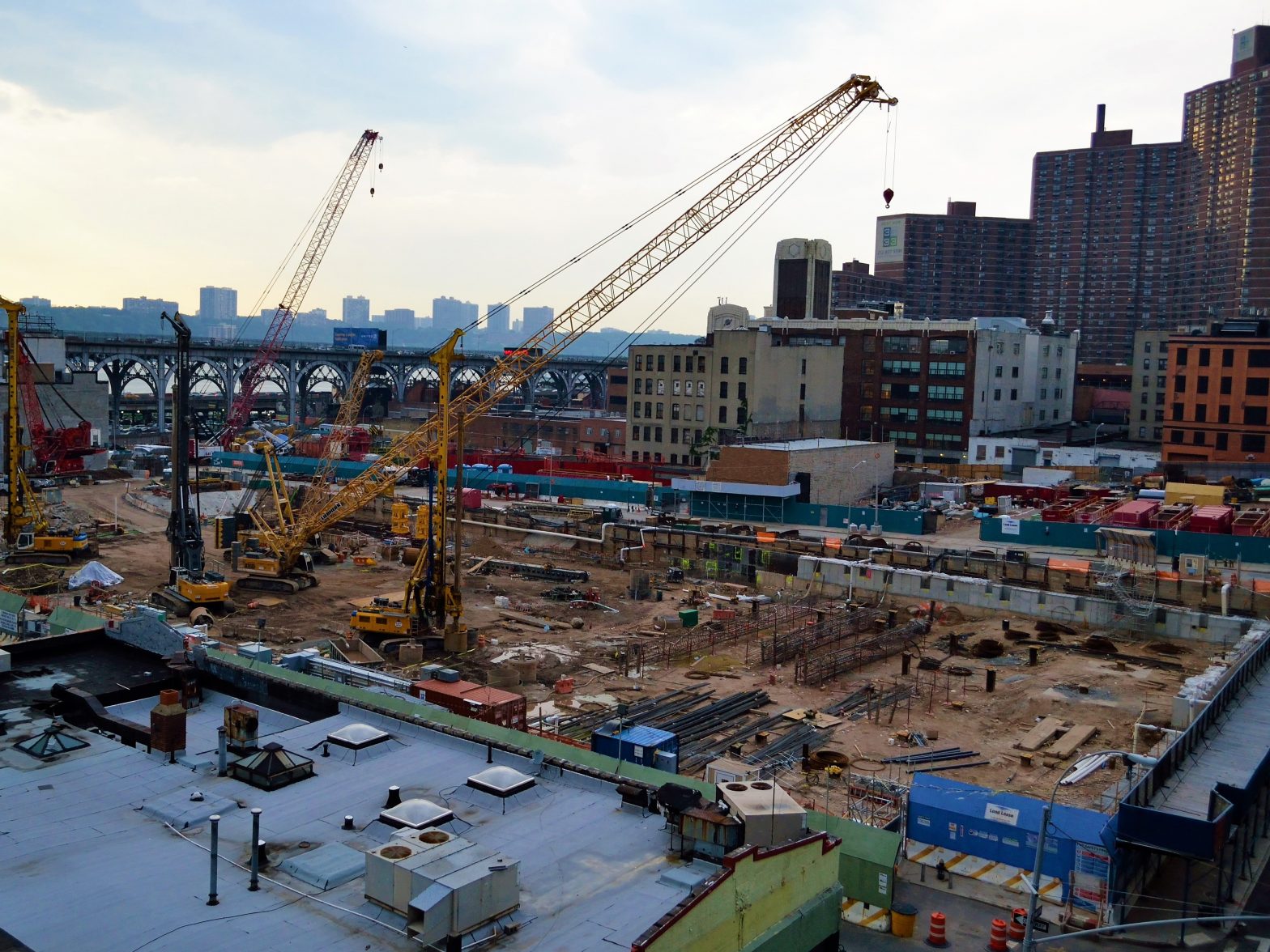
I often find a lot of owners want to cut corners when constructing or repairing deck structures (decks, porches, balconies, etc.) by neglecting code requirement or working without permits, among other things. They assume that these structures require less care because they are accessory to and thus less important to the building. The reality is that decks are among the most dangerous types of structures in terms of injuries and deaths associated with them.
Deck-type structures are high risk because they are exposed to the elements and often not constructed well. They are also often subjected to higher occupancy loads than the building to which they are attached. People congregate and entertain on their porches decks and balconies and this produces a live load more consistent with a public assembly occupancy than a residence or office. This is the proximate cause for a lot of catastrophic failures of these types of structures. If the people on the deck are moving (dancing) the load effects may act in both vertical and lateral directions and with a higher magnitude than anything contemplated by the designer.
Washington, DC has seen a lot of restaurants and bars open roof decks in the past few years. Since the 1910 Height of Buildings Act often results in all of the buildings on a block being about the same height, adjacent buildings with roof decks will have similar quality viewsheds, which encouraged competing establishments to build competing roof-top bars for use in good weather.
The roof deck at the Uproar club in NW experienced a failure on a crowded, but not overcrowded Sunday night. According to the local NBC station, witnesses felt the deck shift after which the management and DC Fire evacuated the building. No one was injured, but fire officials said that some of the floor joists were “compromised” by overload.
Roof decks are typically structured differently than free-standing or cantilevered decks, porches and balconies. They can be built with more redundancy, which may explain why this failure was limited. However, roof decks are also likely subject to the same type of high occupancy loads as other decks, although in the case of a bar, with greater frequency. Since roofs of older buildings are typically not constructed for occupancy, an existing roof structure may not be able to support the higher load from a roof deck without substantial modification.
Fortunately, the consequences of this failure are relatively small. Whoever designed and built this deck will have some explaining to do. It is also entirely possible that the deck was designed and constructed appropriately and existing construction did not behave as expected. Defects in existing construction can be very difficult to detect reliably. However, failure of these types of structures is relatively routine and the design and construction community, much less the public as a whole needs to understand and manage this risk more effectively.
The information and statements in this document are for information purposes only and do not comprise the professional advice of the author or create a professional relationship between reader and author. The author has no personal involvement in the matter described.
